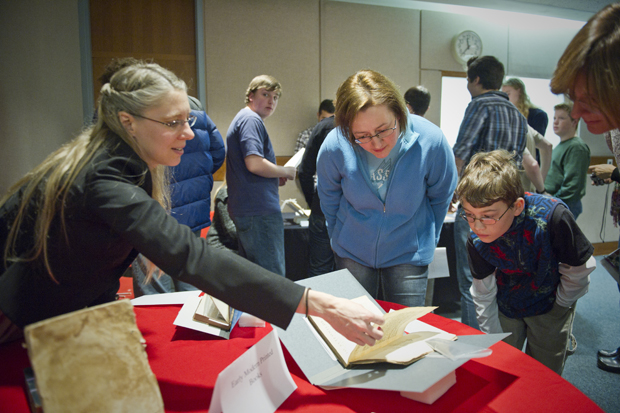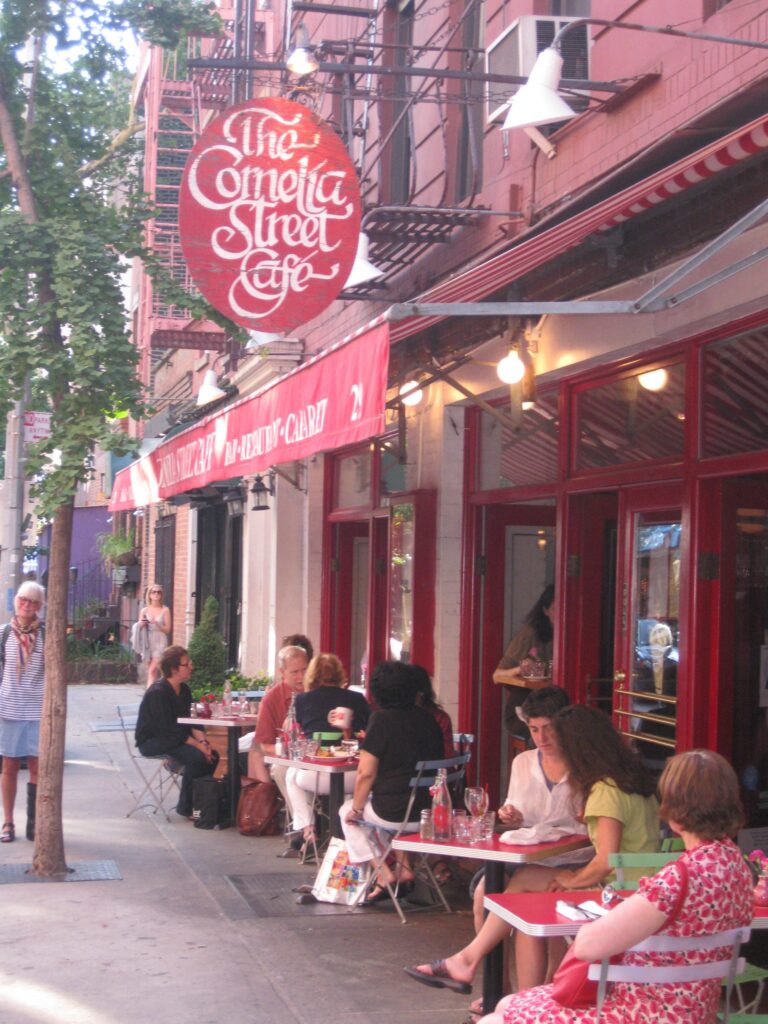Do-Overs: Worth doing?
It isn’t cool to like archetypes anymore. Utter a name like Carl Jung or Joseph Campbell out loud at your MFA program and you’re likely to get a healthy dose of side-eye. Or, a knowing look that says oh, cute. I remember when I thought it was that simple, too.
It’s not that simple, but I would contend that archetype is still worth mentioning. Like it or not, we live lives dictated by the simplest of structures: birth, coming of age, connection with other humans, expression of faith in principles, procreation, and death. Life is, itself, organized into a basic narrative pattern. We are driven by common impulses ranging from healthy to destructive. We fear the other, the beast hiding in the dark, the loss of our station in life or the loss of our loved ones. It makes sense, then, that stories, which Didion so famously said we “tell ourselves in order to live,” appear in repetitive patterns. But as in life, there’s as much interesting storytelling in the rejection of structures—or the departure from the historic, the patrimonial, the exclusionary, or that which we think we can assume—as there is when we follow the pattern.
The problem—and why I think archetype gets such a big groan—is when we can’t let the pattern evolve.
In Twyla Tharp’s book, The Creative Habit, the choreographer lists her demons so she can confront them and begin to create. Number two:
“Someone has done it before? Honey, it’s all been done before. Nothing’s original. Not Homer or Shakespeare and certainly not you. Get over yourself.”
But as the artist also says, “creativity is an act of defiance.” Creation of art—new art—as a reflection of something old isn’t copying, or a simple mimetic exercise. Not if it’s done right. Not if the work explores its own complicated ideals. In many ways, imposing one’s own story, one’s own voice, and unique view of the world on top of the structure of an older story or collective myth is an act of beautiful defiance.
Some believe the old stories are the best stories and we’d better just leave them be. But so many of those older, canonical stories are problematic or imperfect. Human. By reworking them endlessly in our own (also broken) images, authors help advance humanity, ask a new generation of readers examine our common struggles. Literature draws on the familiar, beginning first with language and sound. Setting. Character. Conflict. Likewise, authors who use archetypes (knowingly or not) elevate the starting place of their own work. And when this is done well, the reader may not even know. For the most part what we (readers) want is to be lost in story. To fall under the spell of intoxicating language, stories, and ideas.
So I hope there will always be something like melodramatic motorcycle TV that stinks with Shakespearean overtones. And authors who stitch together the syntax of those who came before them to make new paragraphs and stories. I hope that we’ll continue to try to breathe life into historical figures we don’t quite understand. And that we’ll use story as a way to explore the meaning of other stories and people who came before. The old stories are ours, too.


